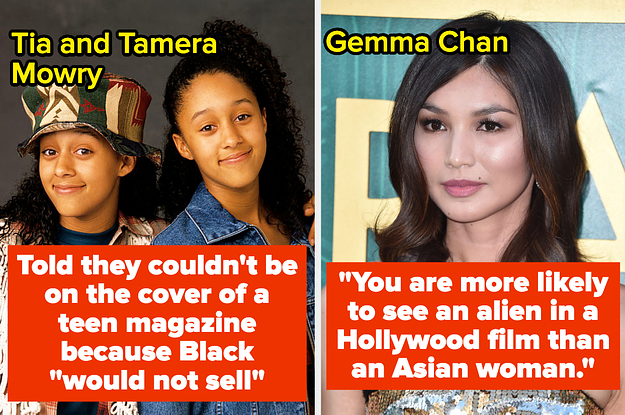
The BDN Opinion section operates independently and does not set newsroom policies or contribute to reporting or editing articles elsewhere in the newspaper or on bangordailynews.com.
Susan Young is the Bangor Daily News opinion editor.
It was an embarrassing moment Tuesday evening in the News Center Maine debate among the three candidates for Maine’s 2nd Congressional District. The question was about abortion rights. Moderator Pat Callaghan began by posing the question to U.S. Rep. Jared Golden, who is seeking re-election. He said he supported abortion rights. Former Rep. Bruce Poliquin, who wants to reclaim the seat, said he supports all life and then said decisions on abortion restrictions should be left to the states.
Callaghan then began to ask another question.
“Does the woman get to answer that question?” Tiffany Bond, the independent candidate in the race asked. Callaghan quickly apologized for skipping over her.
Bond excoriated politicians for fundraising on the issue of abortion and for discounting the difficulty that women and families make when considering termining a pregnancy. “Shame on all of us for allowing this to become a political issue,” she said.
Although it was a mistake, the moment crystalized the frustration that so many women feel on the issue of abortion, especially after the U.S. Supreme Court ruled in June that women do not have a constitutional right to abortion care, upending nearly 50 years of protection of access to these services.
Women, now more than ever, feel diminished in vital decisions about their own bodies.
The right to abortion care is emotionally charged and can be politically divisive. But, boiled down, there are two sets of rights to consider: those of women and those of unborn children.
The Supreme Court’s 1973 Roe v. Wade decision sought to balance these rights. In Roe, the court found that women did have a constitutional right to an abortion, but only until a fetus was viable. The court’s majority found that states had a legitimate interest in protecting both the health of the mother and the life of a fetus, once it was viable.
To protect both, the court considered pregnancy in terms of trimesters. In the first, before a fetus was viable, the decision to end a pregnancy belonged to the mother, without interference from the states. In the second, restrictions on abortion, but not outright bans, were allowed. In the third, the court ruled, states could outlaw abortion.
This made sense. It was an attempt, some would argue a clumsy one, to accomplish the difficult task of balancing the rights of those who are pregnant with those of their developing fetus. A later Supreme Court decision, Planned Parenthood v. Casey, set up a test to determine if state restrictions on abortion appropriately met this balance.
This delicate balance, which had held for nearly 50 years, was radically shifted in June when the U.S. Supreme Court overturned the Roe and Casey decisions.
In its decision to overturn the landmark decisions, the court’s conservative majority largely pushed aside the rights of women in favor of the unborn. In fact, the court’s 79-page majority opinion cited fetal viability more frequently than women.
This elevation of the rights of fetuses — potential life — over the rights of women — real, living beings — demotes women to vessels to carry potential humans. While they are pregnant in this new reality, they essentially have no rights over their own body. This standard is ethically bankrupt.
“To compel … women to bear unwanted children is in my view a form of ethical despotism,” Barbara Hewson, a lawyer in London, wrote in an article published in the Journal of Medical Ethics decades before the court’s decision. “If people are to be free, that freedom must include freedom to make these difficult and extremely personal choices.”
By blithely leaving decisions about abortion care to state lawmakers, the court’s majority took this freedom away from millions of American women. In state’s with extreme abortion restrictions, if and when to terminate a pregnancy is no longer up to the person who is pregnant — perhaps a child or victim of rape — but will be left to lawmakers and judges, who remain predominantly male.
This is why millions of women — including me — are so outraged by the Supreme Court’s Dobbs ruling, and by the fact that debates about abortion continue to be dominated by men.










